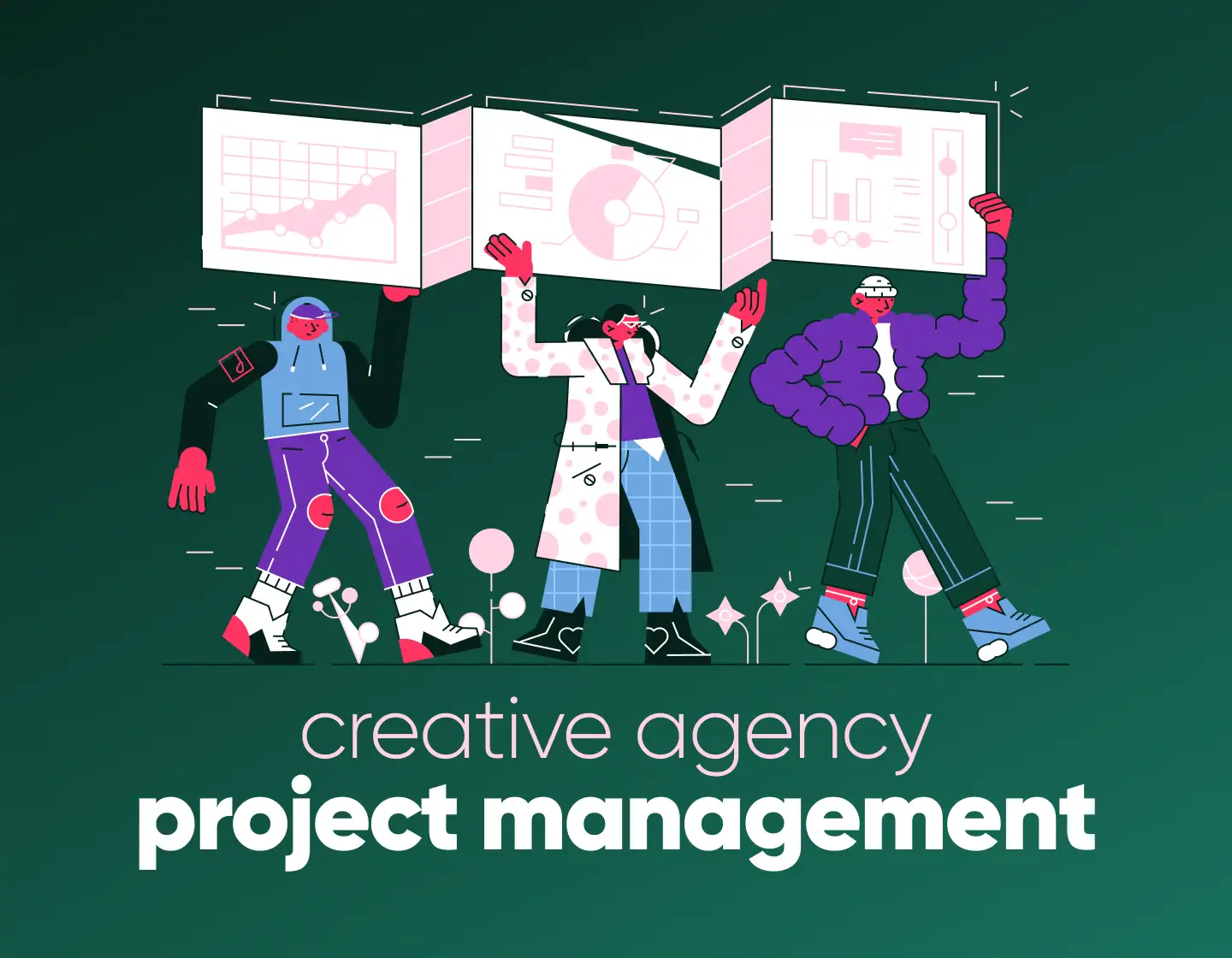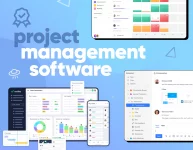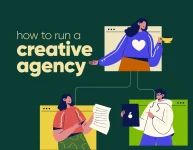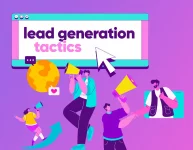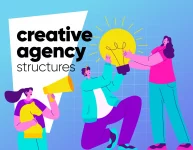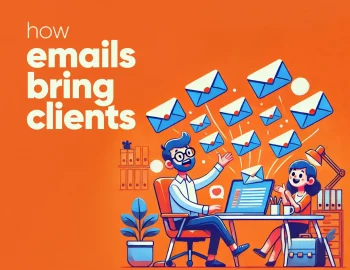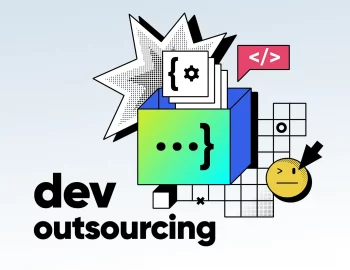Welcome to your essential guide to mastering creative agency project management. Since you’re here, I guess you already know that juggling multiple projects, deadlines, and creative teams while keeping everything (and everyone) on track is no small feat. Shifting client expectations, developing creative ideas, and constantly being pressured to deliver top-notch work on time simultaneously can be kind of a bummer.
But, hey, that’s where this creative agency project management guide comes in, right? Whether you’re trying to streamline task management, improve communication between clients and creatives, or simply make sense of project management tools, I’ve got you covered. By the end of this article, you’ll have the fundamentals of project coordination in a creative setting imprinted on your mind.
Now, let’s first see why creative project management is so important and what differentiates it from other businesses.
Why is effective project management in creative agencies so important?
Well, simply put, because it leads to increased productivity and efficiency, improved collaboration and communication among team members, high client satisfaction, and last but not least, enhanced creativity and innovation.
How is creative project management any different from traditional project management?
Creative project management blends structured planning with the flexibility needed for artistic expression, all while balancing time and budget constraints. Unlike traditional projects, creative work often involves multiple revisions, requiring project managers to align client expectations with the creative team’s vision.
The good news? With the right management approach, this balance is achievable – empowering teams to produce their best work. Now that’s clear, let’s move on and break down the 5 stages of a creative agency’s project management process and explore how to navigate each phase effectively.
The 5 Stages of the Creative Project Management Process
Let’s see how to organize your work according to creative agencies’ five stages of the project management process. And to illustrate it better let’s imagine that a client approached us asking for a website design.
1. Initiation: defining project scope and objectives
Every great project starts with a clear vision. In this stage, the project manager works with the client to define objectives, scope, deliverables, budget, and deadlines. A good idea here is to provide a portfolio of similar (stress on similar, here) projects so a more crystalized idea is achieved in the end and clients know what to expect. This phase sets the foundation for the entire project – get it wrong, and you’ll be playing catch-up the whole way.
2. Planning: outlining tasks, timelines, and resources
Once the project’s scope is defined, it’s time to break it down into actionable tasks, assign responsibilities, and create a realistic timeline. This is also when it’s best to start using project management tools (if you still haven’t) that come in handy to track progress efficiently.
Sidenote: To set yourself up for success, establish clear, measurable goals using either the SMART framework (specific, measurable, achievable, realistic, time-bound) or the more flexible CLEAR approach (collaborative, limited, emotional, appreciable, refinable). While SMART goals rely on external validation, CLEAR goals allow for adjustments along the way. Either way, a well-defined goal keeps you focused and brings you closer to success.
3. Execution: managing project progress and collaboration
This is where the magic happens. If done well, the previous two stages have provided the team with a clear understanding of what is expected and therefore needs to be done, what the timelines are, and dive into action, creating designs, writing code, and crafting content. The project manager oversees everything, ensures smooth collaboration, monitors progress, analyzes results, and facilitates communication between client and team.
4. Monitoring and evaluating project progress
No project goes perfectly according to plan. This stage involves tracking key milestones, addressing roadblocks, and making necessary adjustments to keep everything on schedule. This is where the project manager should also consider if the set KPIs (Key Performance Indicators) are met; if the client’s requirements are fulfilled, and if there are any extra project costs for either side. Effective communication here is non-negotiable to ensure all key stakeholders are on the same page.
5. Closure
The project is completed, final approvals are secured, and deliverables are handed off to the client. This stage also includes gathering feedback and conducting a post-mortem to identify lessons learned for future projects and make improvements if/where needed.
Do you want to know the tricks to getting testimonials? Check them out here: The Trick To Get Testimonials From Clients
With a structured approach like this, creative projects can run smoothly while allowing enough flexibility for artistic weirdness, just kidding, expression. Now let’s explore what makes for effective project planning and how to refine your approach for even better results.
What Makes for an Effective Creative Project Planning
• Gathering project details and defining the scope
The first step to secure a project’s success is gathering all relevant details beforehand. The clearer the scope, goals, timelines, and potential constraints, the less room for miscommunication and scope creep down the road.
• Outlining project tasks and milestones
Breaking the project into tasks and setting milestones to act as checkpoints keeps the project on track and allows for adjustments as and when needed. And with creative projects, this is kind of a deal-maker to have to guarantee everything goes as planned.
For example, for a website redesign, a creative project manager may set these key milestones:
- Wireframes and UX strategy approval – Week 1
- First design drafts shared with the client – Week 3
- Development phase begins – Week 5
- Beta testing and final adjustments – Week 7
- Website launch – Week 8
Such checkpoints would ensure the project doesn’t derail and that clients remain engaged throughout the process instead of suddenly swooping in with major changes at the last minute.
• Assigning the right team members to the right tasks and specifying due dates
A strong creative project hinges on the right people handling the right tasks. Assign responsibilities based on expertise, make sure the workload is properly divided, and set clear deadlines to keep things running smoothly.
For example, let’s say your agency is producing an animated explainer video. Instead of overloading one designer, breaking tasks into specialized roles – storyboarding, illustration, animation, scriptwriting, and voiceover – boosts efficiency. It allows each expert to do what they do best, also avoiding the classic “Oh, I thought someone else was handling that” scenario.
Let’s move now to another pain point of project managers – how to deal with clients and overcome common challenges.
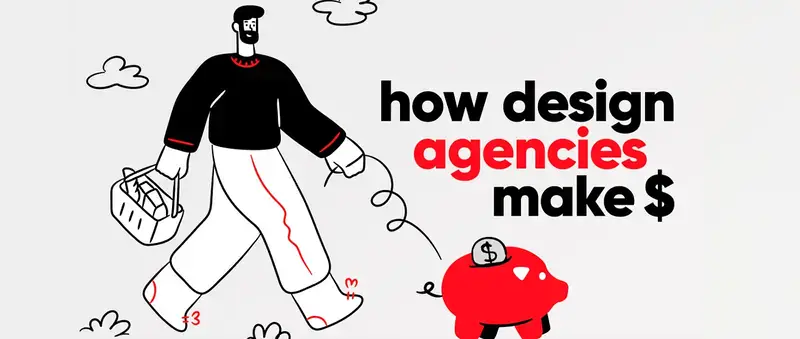
Dealing with Clients and Overcoming Common Challenges
• Strategies for effective client communication
Clear, proactive communication is key to managing client expectations and ensuring everyone moves in the same direction. Regular updates and well-structured check-ins help prevent misunderstandings and last-minute surprises.
For example, instead of waiting until the final delivery to show work to the client (and risk a “This is not what we expected” moment), schedule structured check-ins. A weekly progress update or milestone reviews keeps clients involved and prevents major rework.
Bonus tip: Summarize every meeting with a quick email recap to confirm alignment.
• Setting realistic expectations and handling scope creep
One of the biggest challenges in creative project management is managing shifting client demands. Setting clear expectations from the beginning and having a structured process for handling change requests can help keep the project on track without overloading your team.
• Gathering feedback and managing excessive revisions (client feedback loop)
Feedback is essential, but too many revisions can derail progress. Establishing a clear revision process, such as limiting rounds of feedback, setting firm deadlines for input, or fixing a revision fee after a certain amount, helps maintain efficiency while ensuring the client’s vision is met. Thus you can build stronger client relationships while keeping your projects (and sanity) intact.
Up next, let’s find out what you can do to manage your team like a smooth operator (I bet Sade is playing in your head right now, heh heh).
Managing Creative Teams and Resources
• Building and maintaining a strong talent network
A creative agency is only as strong as its team. Cultivating a diverse, skilled talent network ensures you have the right people for every project. Whether hiring in-house or collaborating with freelancers, maintaining strong relationships with creatives helps secure top-tier talent happy to work with you when needed.
• Creating a tiered approval system and resource allocation rules
Establishing a structured approval process keeps projects on track. A tiered system – where junior creatives get initial feedback before senior leaders review work – ensures efficiency. Resource management tools help assign workloads effectively, and hopefully, most of the time successfully, preventing burnout and bottlenecks.
• Dealing with creative blocks and team conflicts
Creative blocks and team friction are inevitable. Encouraging open communication, fostering a positive work environment, and allowing room for experimentation can help overcome challenges. Regular check-ins and team-building activities also strengthen collaboration, confidence, and enthusiasm.
For example, imagine a designer is stuck on a packaging concept and feels uninspired. Instead of pushing through frustration, the project manager organizes a quick brainstorming session where team members throw out fresh ideas. Alternatively, a change of scenery – like working from a co-working space for a day – could reignite creativity.
Handling team conflicts example: Let’s say two team members disagree on a creative direction. Instead of letting tension build, the project manager facilitates a discussion where both can present their perspectives. Encouraging feedback rooted in project goals rather than personal preferences helps turn disagreements into constructive collaboration.
And now let’s dive into another essential aspect – choosing the right tools to streamline your creative agency’s project management.
Choosing the Right Project Management Software for Creatives
Project management software is an absolute must-have. It provides unparalleled help when it comes to prioritizing tasks, resource allocation, and managing deadlines. Plus, it streamlines team collaboration by simplifying communication and the overall workflow.
When choosing a project management system for your agency, look for software that supports visual task management, integrates with creative tools, offers collaboration features, and has flexible workflow customization. Scalability and ease of use are also crucial factors. Some popular project management platforms, suitable for creative agencies, are Kitchen.co, ClickUp, and Notion.
If you need an in-depth look at the best project management software for a creative agency’s needs, this is the article for you – 22 Best Project Management Software For Creative Agency.
Best Practices in Creative Project Management
• Conducting a process audit and identifying areas for improvement
Regular audits help creative agencies spot inefficiencies and areas for improvement. Review past projects – what worked, what didn’t? Were there collaboration issues or coordination gaps? Were there any misunderstandings? Then, use these insights to refine processes and keep things running smoothly.
• Training your team strategically and measuring the impact
A strong team thrives on continuous learning. Personal and professional growth are mandatory for success. And whilst you can’t influence the first directly you can work on the latter.
Workshops, mentorship, and skill-sharing sessions keep skills sharp and industry knowledge fresh. But training should be intentional – track improvements in performance, error reduction, and teamwork to ensure real growth.
Bottom line
Mastering creative agency project management is a game-changer and I hope this guide made clear of this. It’s not about strict structures or drowning in spreadsheets – it’s about creating the right balance between efficiency and creative freedom; between art and logistics. So, mind the best practices, use the right tools, keep an eye on your processes, measure and refine them, and hey you might just become the project management rockstar your agency needs.
Now, go forth, manage with confidence, and deliver creative projects with style!
Interested in learning more about running your creative agency’s processes effectively? Check out our other articles full of helpful tips and insights:


